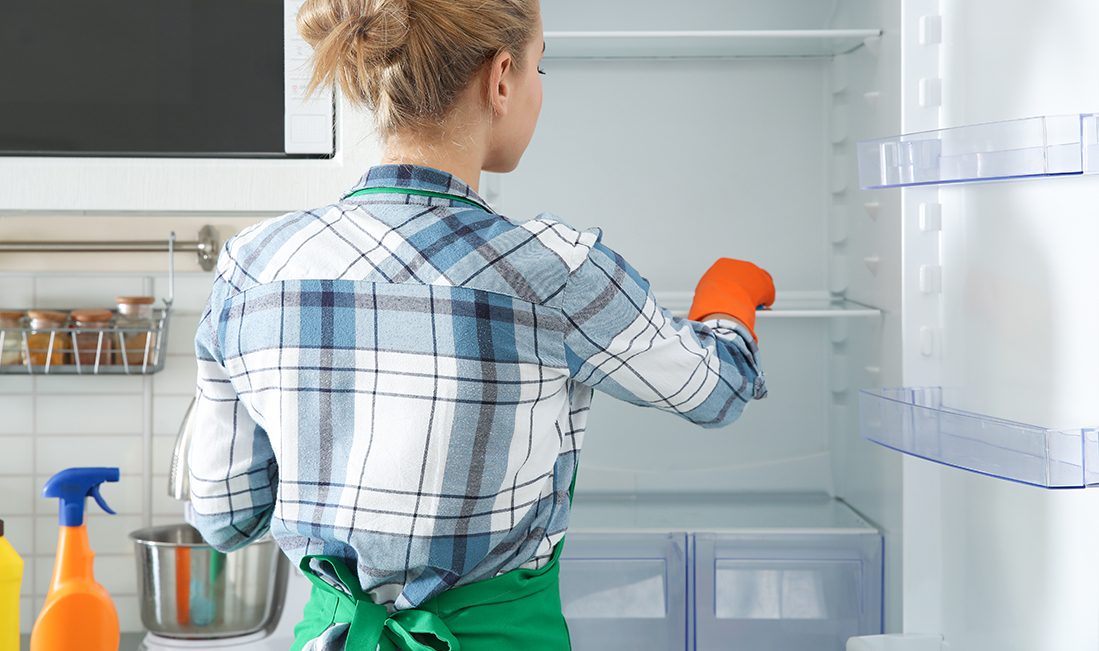User guide
Finding your way around the guide
To navigate between pages, click or tap the arrows to go forwards to the next page or backwards to the previous one. The arrows can be found either side of the page and at the bottom, too (circled in green, below).


Menu/table of contents
Click or tap on the three horizontal lines in the top-right of your screen to open the main menu/table of contents. This icon is always visible whether you're using a computer, tablet or smartphone. The menu will open on top of the page you’re on. Click on any section title to visit that section. Click the cross at any time to close the table of contents.
Text size
On a computer, you'll see three different sized letter 'A's in the top-right of your screen. On a smartphone or tablet these are visible when you open the menu (see above). If you’re having trouble reading the guide, click or tap on each of the different 'A's to change the size of the text to suit you.
Pictures
On some images you'll see a blue double-ended arrow icon. Clicking or tapping on this will expand the picture so you can see more detail. Click or tap on the blue cross to close the expanded image.
Where we think a group of images will be most useful to you, we've grouped them together in an image gallery. Simply use the blue left and right arrows to scroll through the carousel of pictures.
Links
If you see a word or phrase that's bold and dark blue, you can click or tap on it to find out more. The relevant website will open in a new tab.
Jargon
If you see a word or phrase underlined, click or tap on the word and small window will pop up with a short explanation. Close this pop-up by clicking or tapping the cross in the corner.
Help
On a computer, you'll see a question mark icon in the top-right of your screen. On a smartphone or tablet this is visible when you open the menu (see above).
Clicking or tapping on the question mark will open this user guide. It opens on top of the page you're on and you can close it any time by clicking or tapping the cross in the top-right corner.

Spring cleaning
Getting rid of bathroom mould or deep-cleaning a hardworking oven will make your home feel fresher in no time.
When it comes to cleaning, keeping the bathroom and kitchen smelling fresh – and free of mould – are high priorities. The damp, warm conditions – especially if these rooms are poorly ventilated – suit mould growth all too well. But if you can prevent it taking hold with a daily wipe over, or by getting minor leaks fixed quickly, you’ll save yourself a lot of work in the long run. These are tasks to keep on top of which benefit from early and consistent attention.
Bathroom
Keep clean and dry, especially the floor Avoid having carpet in the bathroom, as moisture will get into and underneath it, allowing mould to thrive.
Prevent mould Ventilation is the number one way to banish moisture and discourage mould. Open windows or use an extractor fan while showering and for 10 minutes after. Wipe down the glass and tiles after each shower and check regularly for signs of mould. Avoid leaving damp towels in the bathroom.
Fix leaks as soon as you see them These can cause serious damage to your home, as well as being an expensive waste of water.
Check the extractor fan If it seems less effective than it used to be at sucking up moisture, or has stopped working completely, get it fixed promptly, especially if your bathroom has no windows. Use Which? Trusted Traders to find a local qualified electrician to repair or replace it.
Clean grout This quickly gets stained and mouldy, which may lead to flaking and cracking. Once cracked, grout needs replacing. Stop the unsightly stuff from settling by giving the grout a good scrub every couple of weeks – an old toothbrush and a paste made from bicarbonate of soda with a little water will do for this. Grout renewal products will add a layer of protection and colour, so this is an option to remove unsightly discolouration.
Just because there isn’t a pool of water on the floor doesn’t mean your toilet isn’t leaking. If you notice water trickling into the toilet bowl after the flush is finished, something is wrong – and you may also be losing hundreds of litres of water a day. Head to the Bathroom Association’s guide to identify the problem.
Kitchen
Cleaning your fridge
It’s not just smells and the spillage stains, but also the presence of harmful bacteria, that make frequent fridge cleaning a must-do task. We’ve analysed swabs from refrigerators and found that around 40% had worrying levels of bacteria, including types associated with respiratory and urinary infections.
A fridge clean should include emptying it completely of food, removing shelves and drawers, wiping the inside from top to bottom with warm soapy water and drying it thoroughly before replacing the shelves, drawers and contents. Before you start, watch our video on how to clean a smelly fridge.
Cleaning your oven
Cleaning the internal cavity, the metal shelves and the glass door all require different techniques. You can get the lowdown on what to do – and what not to do – with our guide to cleaning an oven.
Alternatively, you can call in a professional, which will likely set you back at least £50, or possibly more, depending on the condition of your oven.
If you want to buy a new kitchen appliance, it makes financial sense to know how much it might cost to run. This is why we now include at-a-glance annual running cost data for some of the products we’ve tested. If you’re buying a new fridge freezer, dishwasher, washing machine, tumble dryer, built-in oven, kettle or air fryer, you can check how much energy a specific model uses, and see how much running these appliances will add to your bills.
Cleaning your dishwasher
If your dishwasher isn’t well maintained, the time will come when your dishes emerge streaked or the machine gives off unpleasant odours. The good news is that a few simple jobs should stop that happening.
Every week:
- Clean out the filter. This will prevent trapped food waste ending up on your dishes.
- Wipe the door seals, as stuck-on food can compromise them and cause the dishwasher to leak.
Monthly/when indicated:
- Top up with dishwasher salt – this prevents limescale building up and softens the water.
- Add rinse aid – this helps dishes to dry without streaking.
Six-monthly:
- Run the dishwasher on a hot setting while empty with dishwasher cleaner – this removes food residue and prevents bad smells.
Watch our 60-second video on how to keep your dishwasher clean:
Get our Home newsletter sent to your inbox every month for tips and inspiration on how to improve the place you live in.


